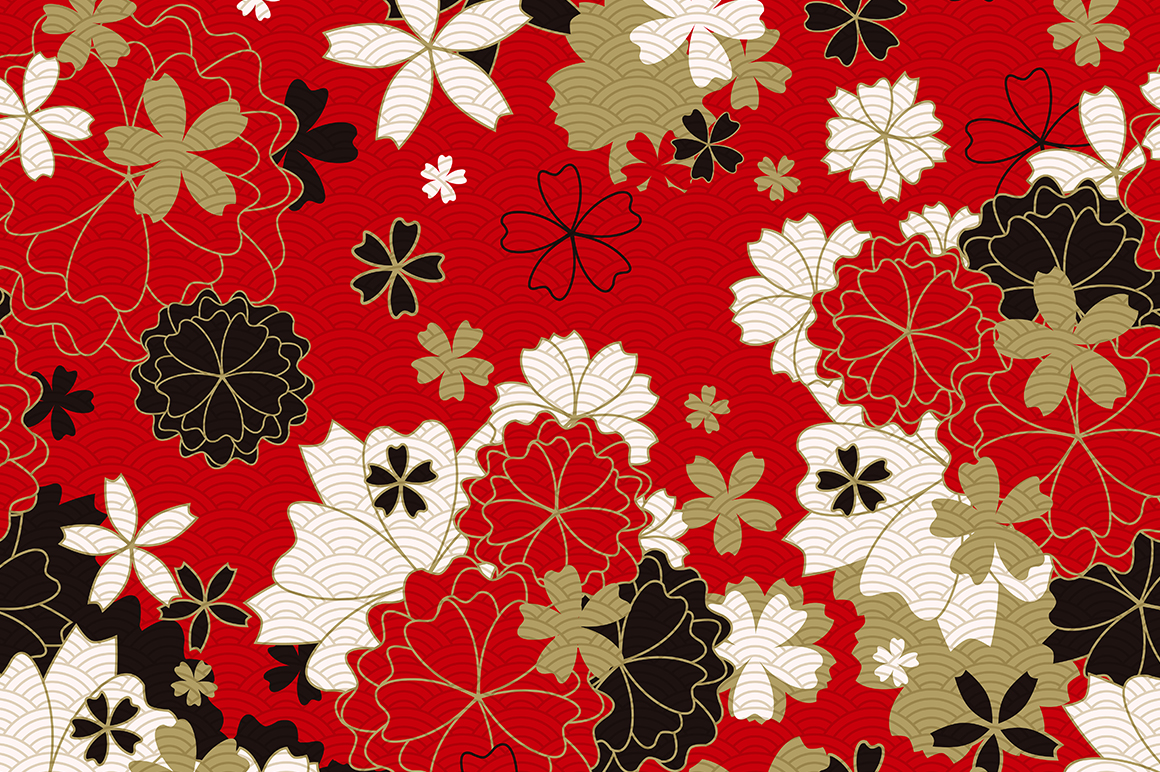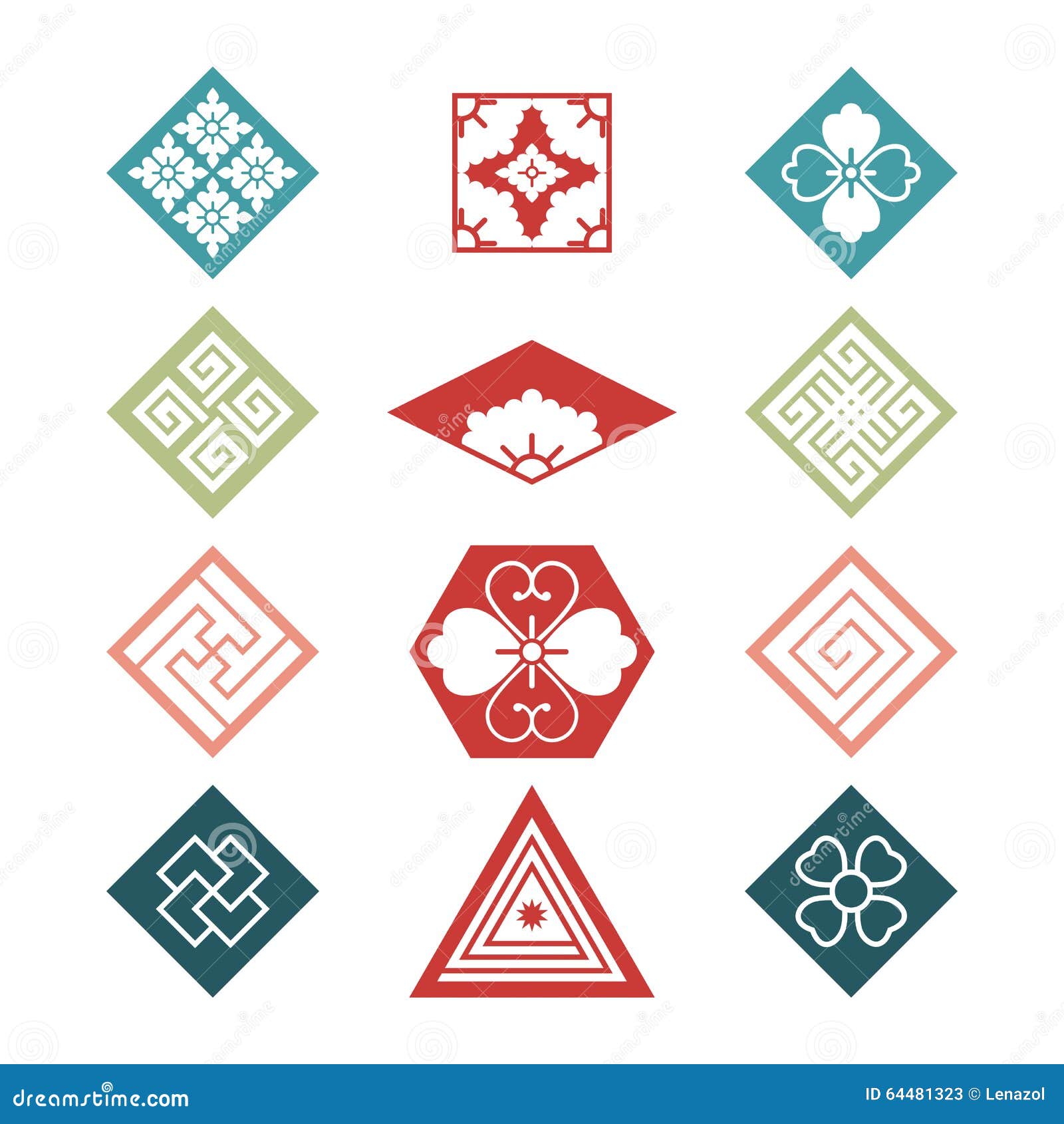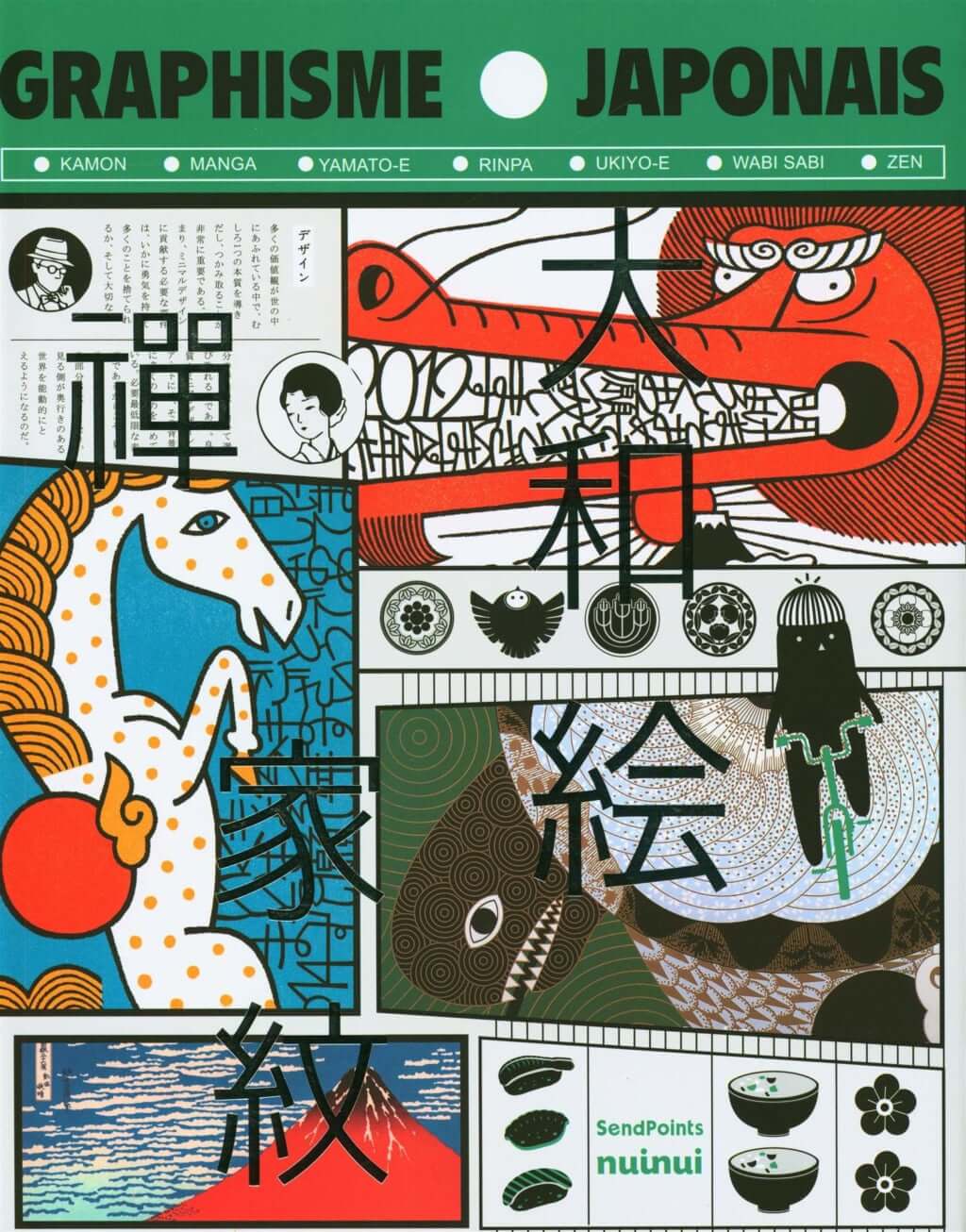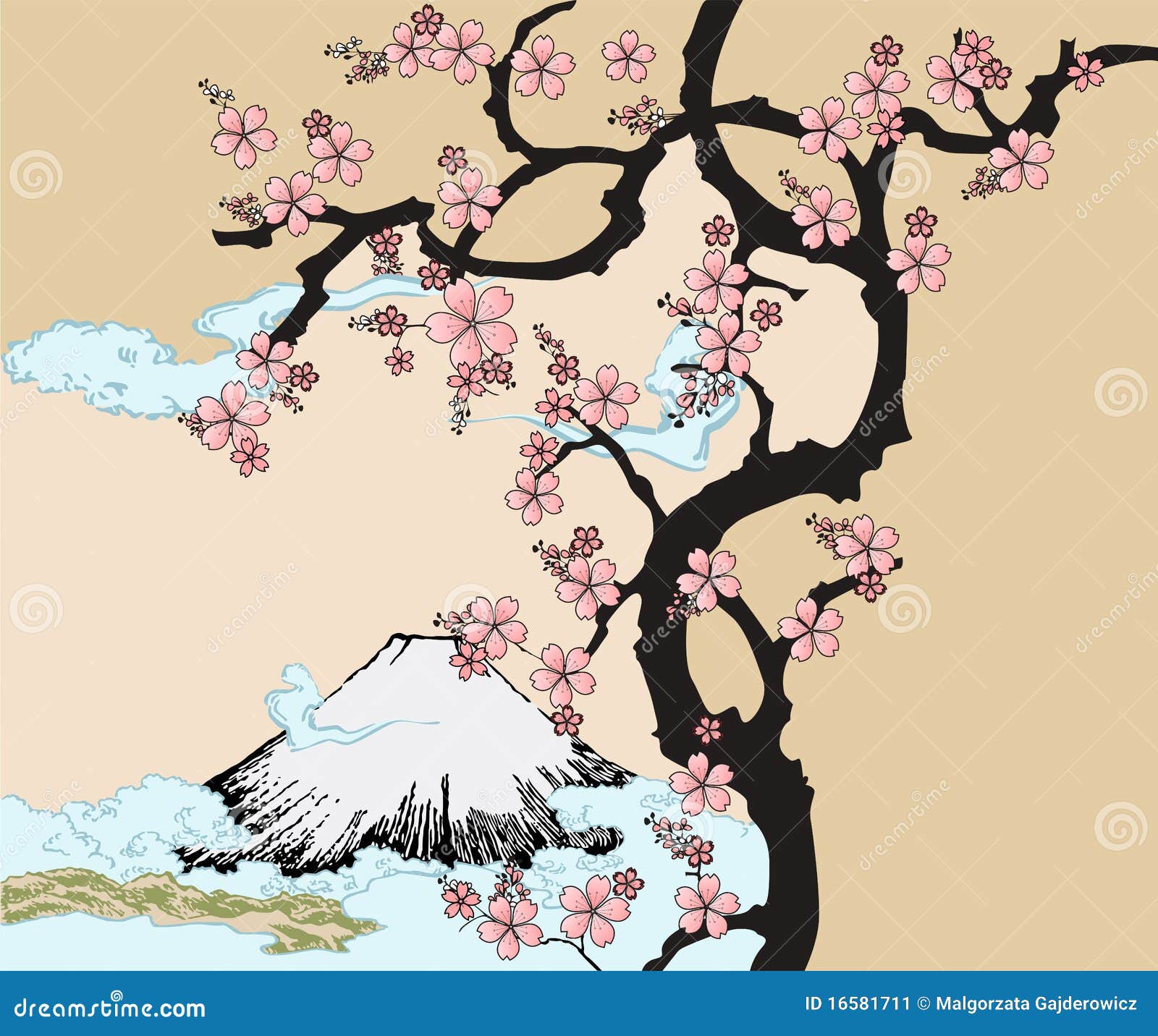Table Of Content

One of the bedrooms in a Japandi-style home Wijaya designed features closet doors inspired by Japanese landscape paintings. At Inkbot Design, we understand the importance of brand identity in today's competitive marketplace. With our team of experienced designers and marketing professionals, we are dedicated to creating custom solutions that elevate your brand and leave a lasting impression on your target audience. Many Japanese companies now prioritise eco-conscious packaging using recyclable, renewable, and plastic-free materials. They also design reusable containers and refillable packs as part of zero-waste initiatives in response to growing sustainability concerns. Manga refers to Japanese comics or graphic novels with a unique stylistic visual language, like exaggerated facial features and onomatopoeia.
Artistic Collectivism
Traditional Japanese Design Is the Highlight of This Waterfront Retreat in Chiba - Mansion Global
Traditional Japanese Design Is the Highlight of This Waterfront Retreat in Chiba.
Posted: Mon, 18 Mar 2024 07:00:00 GMT [source]
Previous lookbooks in the series have showcased bathrooms with views, calm living rooms and peaceful bedrooms. By leveraging Japan’s key cultural resource and traditional aesthetics, Japan has a bright future in design. Japanese designers are increasingly looking to the past and their roots to inspire designs of the future. When it comes to applying it to interior design, think of earthy colour schemes in well-balanced rooms that are free from clutter and chaos. The deeply sloped style of traditional Japanese roof is very suited to this mountainous region of Niigata which receives some of the heaviest snowfall of the prefecture. Simple white calls accentuate the earthy textures of the beams and reeds on the ceiling.
Get Our Weekly Newsletter
In 2020, the market size for character merchandising in Japan was approximately 1.7 trillion yen. There are over 1,400 “gotōchi kyara” mascots for geographic places across Japan. Prefectures, cities, towns, and train stations adopt cute mascot characters or “yuru kyara” to promote tourism and local goods. Japanese characters, or “yuru kyara”, depict everything from towns to companies. These mascots appear across branding, merchandising, and promotions.
Inspiring queer cartoon characters we just love
Be ready to be blown away by the work of contemporary Japanese graphic designers, such as Tsunehisa Kimura, Shigeo Fukuda, and Yusaku Kamekura. Whether it’s through the use of negative space or the careful placement of typographic elements, balance and proportion play a crucial role in Japanese graphic design. Japanese designers are masters of minimalism and use negative space to great effect. Less is often more in Japanese design, making the designs timeless and elegant.
Wabi is an element of a Zen principle that teaches detachment from all material things and the ability to experience the essence of things. She has 10+ years' experience in graphic design and marketing and holds a Master's degree in Art Education. To create a pastel palette, use the brightness slider on your color picker to add more white to your chosen colors. If you follow Japanese design trends - especially as depicted in ukiyo-e - you'll see a wide range of colors available for your design's palette.
Koshino’s knowledge in fashion and retail began early due to working in her mother’s boutique store in their hometown of Osaka. Koshonio’s expertise expanded exponentially when she arrived in London, immersing herself in club scenes, and altering the atmosphere of fashion in the 70’s. Koshino designed for David Bowie, and developed a rebel-esque aesthetic for her runways in the 80’s and 90’s.
Traditional Japanese Fashion
The earthy tones appear quite natural like worn stone, as if it was just unearthed from a forest floor. Using the tea bowl one may feel a connection to nature and the passing of time. Contemporary Japanese motifs include a wide range of animals, cartoon characters such as manga and kawaii, cityscapes, futurism, neo-Pop Art, and elements and styles borrowed from other countries. Any of these motifs may also be combined with traditional Japanese art. At first, heta-uma designers made poorly rendered images and caricatures featured in Garo magazine.
One could find leopard print hair in a Koshino show, along with bomber jackets, and inflatable designs that literally popped out. A Koshino model may taunt or interact with the audience; a certain level of mischievousness attaches itself to her work. First and foremost, Koshino seems to be a driver of design, filled with vivaciousness and energy that burns brightly. Many are actually quite conservative” said Tae Ashida, in an interview with Vogue in 2017. Daughter of the Japanese designer, Jun Ashida, who was personal designer to Empress Michiko, Tae has worked hard to earn a name for herself, though she’s naturally very proud of her father’s legacy. Tae’s designs are elegant and chic, adorning the likes of runways and track fields—as seen in her most recent Spring/Summer 2023 collection that took place just three months ago.

It doesn’t ever go out of style.” The popular stool was first released in the 1950s and has been in production ever since. Japanese-American artist Isamu Noguchi conceived his first Akari light sculpture in 1951, following a visit to a historic lantern maker in Japan’s Gifu Prefecture. Constructed from washi paper with bamboo supports, the warm lights are produced by a small Japanese factory that has been using the same techniques for a long, long time. A bedroom designed by Wijaya includes a traditional paper fan as wall decor. Natural light and uncluttered spaces are common in both Japanese and Scandinavian design, making the pairing that much more natural.
Tracing back to 12th century Japanese illustrated scrolls of The Tale of Genji, manga is Japanese comic book-style graphics. Manga draws from a few different sources, in particular Japanese woodblock prints and post-World War II American comic books. Since the opening of Japanese borders, Western styles and ideas could cross-pollinate. Western goods became increasingly popular and also influenced Japanese graphic design.
Thin blue ombre curtains evoke the traditional craft of Japanese indigo-dyeing, or aizome, while sturdy wooden room dividers nod to Scandinavian mid-century modern design. The studio based K5's interior around the Japanese notion of "aimai", which is used to describe things that are ambiguous or unclear. An exhibition by Japanese furniture producer Ariake at Stockholm Design Week showcased the label's wooden furniture, which was designed in collaboration with a number of designers from all over the world (above and top). Creamy white and pale grey hues complement the light wood furniture in the room, where the main light source is a bespoke cone-shaped lantern. This was designed in washi paper by Japan's Kojima Shouten, which has been making lanterns for over 230 years.
Hence, work is being done to bring down the price, and Kajima Corporation believes that the concrete will become more economical in the future. The idea is to make rabbit and cat theme stickers pack to be put on a Japanese photo collage app. I chose the fun-spontaneous and bit weird kawaii, with vibrant watercolor-looking cute splotch, and black lines to contrast the color splash. A very fun holiday postcard design for a non-profit transportation research corporate named JITI USA.
The sole Western exception was a small, heavily regulated Dutch trading colony, Dejima, located on an island near Nagasaki, in the country’s southwest. Perry’s arrival forced the nation to sign a treaty with the United States in 1854 granting access to two ports, and commercial treaties with the United States and Europe soon followed. Nearly overnight, Japan’s myriad goods became accessible to the West.

Her style, uncontainable now that she has branched out into her own brand, is a mixture of prints, manga, bohemian, and cuteness. Her first atelier, Hiyoshia, opened in 1951, where she began designing costumes for various Japanese movies. On a trip to New York City in 1961, the designer was horrified to see, during a depiction of Madame Butterfly, sandals being worn on tatami mats. The ignorance ignited Mori with the intention to show the western world what Japan, and Japanese aesthetics, were truly made of.
Throughout the Meiji period, Chiso specialized in yuzen, a special dying technique in Kyoto. The magnificent attention to detail and craftsmanship earned the company the coveted position of providing clothing and kimono directly to the Royal Household. Hundreds of years of generational knowledge has been passed through the hands of Chiso. Junya Watanabe began working as a pattern maker at Commes des Garçons while attending Bunka Fashion College in Tokyo.

No comments:
Post a Comment